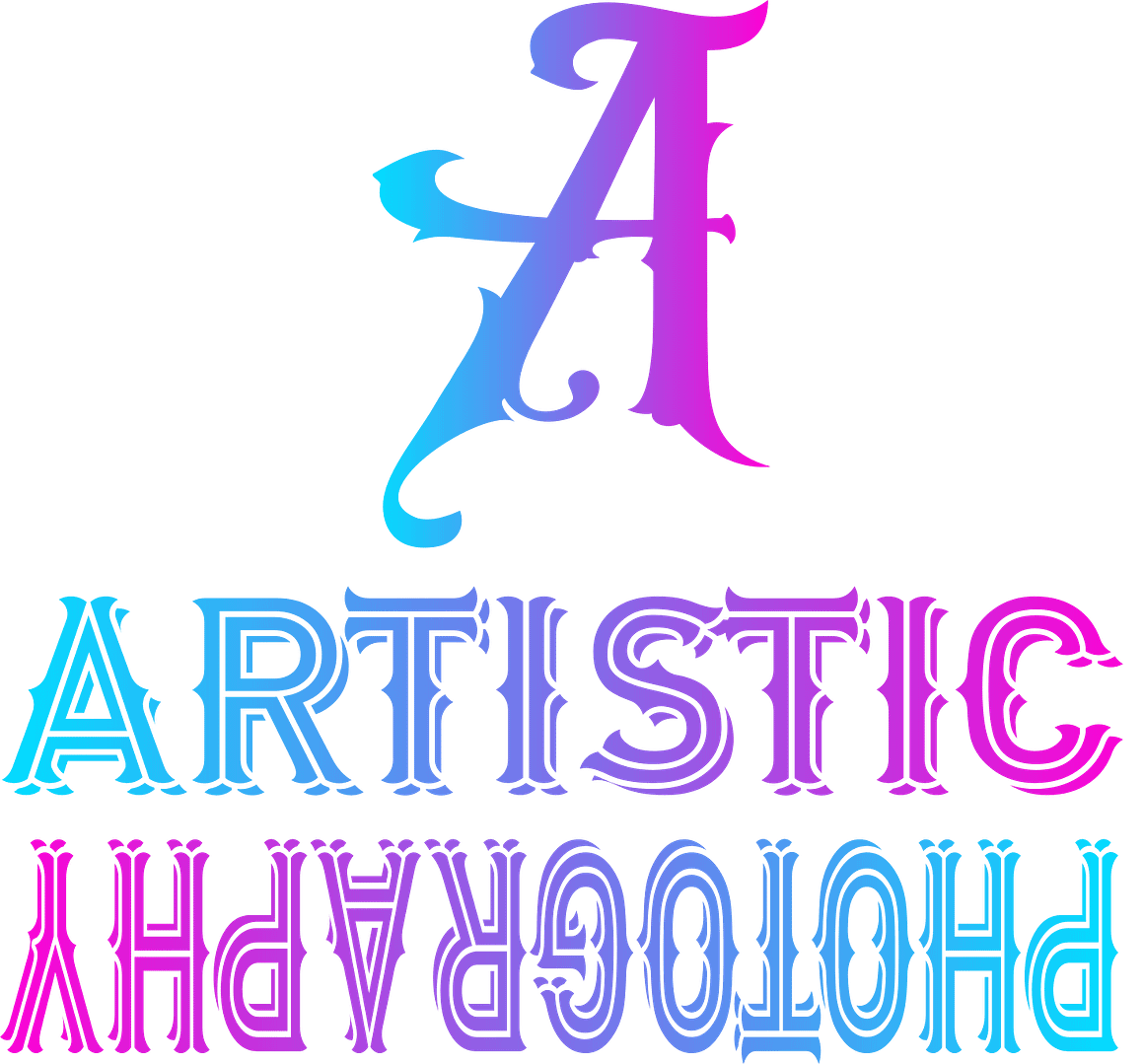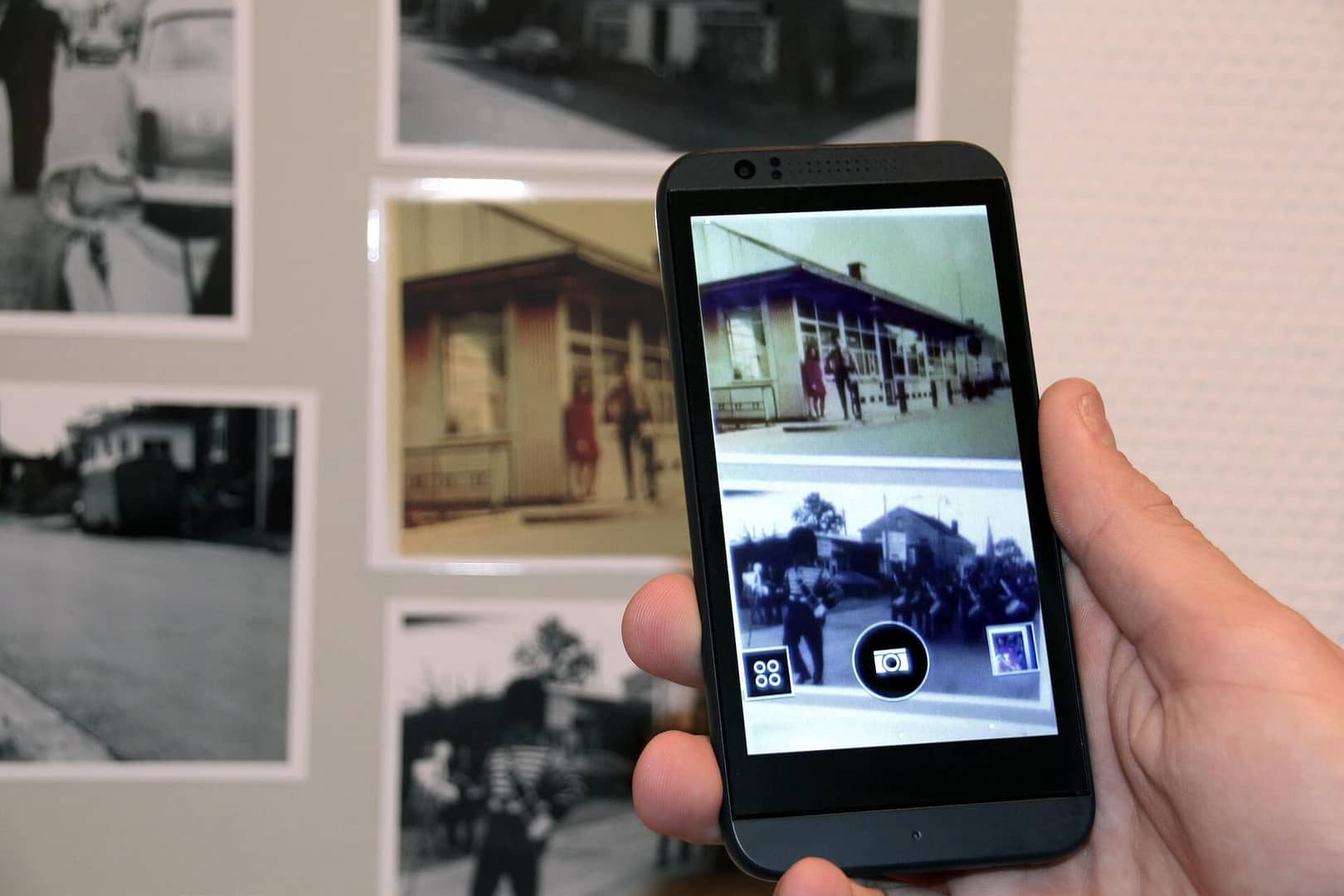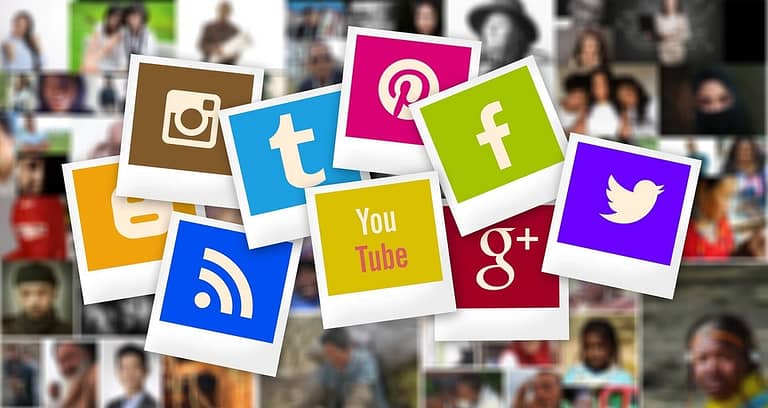The History and Evolution of Digital Art
Digital art is a form of artistic expression that utilizes digital technology to create visual or interactive artworks. It encompasses a wide range of mediums, including computer-generated images, digital paintings, animations, and interactive installations. Over the years, digital art has evolved and grown in popularity, with advancements in technology enabling artists to explore new creative possibilities. In this article, we will delve into the history and evolution of digital art, from its early origins to contemporary developments.
Early Origins of Digital Art
The emergence of computer technology in the mid-20th century marked the beginning of digital art. Artists and scientists started experimenting with computers to create artistic visuals, often collaborating with engineers and programmers. One of the pioneers in this field was Ben Laposky, who in the 1950s created abstract images using an analog computer. These early experiments laid the foundation for the future of digital art.
In the 1960s and 1970s, with the development of more powerful computers and software, artists began exploring computer-generated art further. One notable example is Vera Molnar, who experimented with algorithmic art, creating intricate geometric patterns using programming code. These early visionaries paved the way for the future of digital art, setting the stage for its rapid evolution.
Digital Art in the 1980s and 1990s
The 1980s and 1990s witnessed significant advancements in computer technology and software, leading to a surge in digital art. Powerful personal computers and graphic software programs such as Adobe Photoshop and Corel Paint emerged during this period, providing artists with new tools and techniques to manipulate digital images.
One significant development during this time was the rise of bitmap graphics and pixel art. Bitmap graphics, which represent images as a grid of individual pixels, allowed artists to create and manipulate images with precision and detail. Pixel art, characterized by its blocky and pixelated aesthetic, gained popularity in video games and computer graphics, becoming an influential art form within the digital realm.
The Influence of the Internet on Digital Art
The advent of the internet in the 1990s revolutionized the world of digital art by providing new platforms for artists to showcase and distribute their work. Online communities and digital art platforms, such as DeviantArt and Behance, emerged, allowing artists to connect, collaborate, and gain exposure on a global scale.
With the internet, digital art became more accessible to a wider audience, breaking down geographical barriers. Artists could easily share their work and interact with other artists, fostering a sense of community and sparking new ideas and collaborations. The internet also enabled artists to experiment with new forms of digital art, such as net art and web-based installations, further pushing the boundaries of creativity in the digital realm.
Digital Art Forms and Techniques
Digital art encompasses a wide range of forms and techniques, each with its unique characteristics and applications. One prominent example is 3D modeling and animation, which involves creating three-dimensional objects or characters using specialized software. 3D animation has become an integral part of films, video games, and virtual reality experiences.
Another popular digital art form is digital painting and photo manipulation. Artists can create stunningly detailed paintings and illustrations using graphic tablets and software like Adobe Photoshop. Photo manipulation allows artists to merge and edit multiple images, creating surreal and imaginative compositions.
Contemporary Developments in Digital Art
In recent years, digital art has continued to evolve and push boundaries. Interactive installations and virtual reality experiences have become increasingly prevalent, offering viewers immersive and engaging artistic encounters. These installations often combine elements of technology, sound, and visual effects to create memorable experiences.
Digital art has also converged with other art forms, such as video games, creating new possibilities for artistic expression. Video game designers and developers now incorporate stunning visuals, intricate storytelling, and interactive gameplay, blurring the lines between art, technology, and entertainment.
Conclusion
The history and evolution of digital art have been marked by advancements in technology, from the early experiments with computers to the rise of the internet and the development of powerful software. Digital art has transformed how we perceive and create art, offering artists new tools and platforms for self-expression. With further advancements in technology, the possibilities for digital art are endless, and its future holds exciting prospects for both artists and audiences alike.







